We’re exploring the many uses for essential oils for both our home and body. You can see our archive of essential oil posts here. 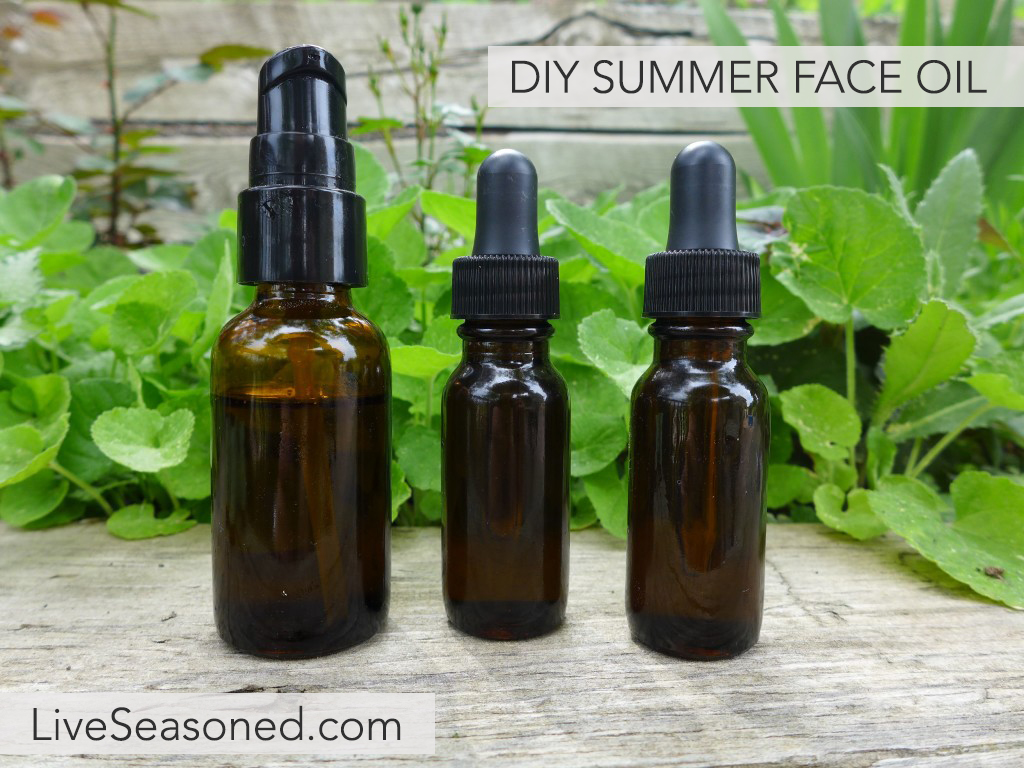
Oh my skincare routine has changed throughout the years, and I only wish that I was as gentle on my skin in high school as I am now. Back then I thought my skin was too oily and would never have dreamed of actually applying oil to my face to moisturize and nourish it, instead, I would be drawn to any cleanser that promised to dry out my face. In reality, I’m guessing that all of those harsh, drying products likely irritated my skin, stripped it of its natural oils, and caused it to over produce oil in order to try to hydrate my face and reverse the damage I was doing. Jump ahead ten years, and I slowly came around to the amazingly beneficial characteristics of plant oils for the skin. Jump ahead another couple of years, and I’m now adding some essential oils to my basic routine.
I like to shy away from the camera when it comes to our posts, but if any post calls for a headshot, it’s this one! So I’m putting my face in focus for this post, and hopefully it will stand as a record that I can refer back to when looking at how my skin responds to a few years of essential oil use. I should also mention that I really believe that healthy skin starts from the inside. So while I’ve found these skin oil potions to be effective, I also make it a point to drink plenty of water and eat a well-balanced diet full of fruits and vegetables.
Why use an oil? And which one?
I use oils on my face and body to both moisturize and apply vitamins, antioxidants, and other compounds like essential fatty acids that will (hopefully) improve my skin’s health and look. My original face oil was just a 3-1 combination of apricot kernel oil and rosehip seed oil. The apricot kernel oil is high in vitamins A and E, non-greasy, absorbs into the skin quickly, and is great for hydrating dry skin. Rosehip seed oil is known for its high concentration of vitamin A, which is used to heal damaged skin, reducing wrinkles and fine lines in the process. I loved that simple combination and used it for years, sometimes switching up my base oil and using sweet almond or jojoba oil in place of the apricot kernel. Recently, I’ve begun to learn about the benefits of other plant oils and have started to incorporate them into my mix.
SPF Properties
One claim that I’ve read about again and again is the SPF properties of different plant oils. The problem I’m having with these claims is that I can’t find great research supporting it. For example, many sources say that carrot seed and raspberry seed oils have SPF values of around 30-50. I came across this refereed article about raspberry seed oil, but can’t find anything equivalent for carrot seed oil.
This article measures the SPF properties of a number of carrier and essential oils. Among the carrier oils studied, coconut and olive oils were found to have SPF values of 8, and almond oil was around 5. Of the seven essential oils that were measured, peppermint had the highest SPF value at 7, while lavender oil had an SPF of 6.
I think the way the oils work is similar to how chemical sunscreens work, by absorbing the sun’s rays so that they don’t do any damage to your skin, but I can’t find a great primer on the subject. If you know how these oils work or if you come across more research about the SPF properties of different vegetable oils, please pass it along!
While I may put this oil on before going outside, I always try to remember my hat, and I definitely carry some zinc-based sunscreen in my bag (we keep tubes of sunscreen in every bag & car, because at this altitude, the sun is strong!).
Essential Oils for Skin
Recently, I’ve begun to explore the skin-healing properties of essential oils and am adding a few drops of key oils to my potion. Just as with the SPF information, I’ve found it hard to find rigorous scientific studies supporting some of the claims related to essential oils. Rather, there is plenty of material available in essential oil guides and reiterated on many websites; this is the information that has been passed down through centuries old use of some of these oils. Perhaps that should be all the evidence I need? For now, I’m happy to refer to these resources, create face oil potions, and observe the effects on my skin.
Along those lines, here are a few resources that I’ve found helpful when deciding which essential oils to include in my face oil:
- The books reference in my intro to essential oils post.
- This post by Body Unburdened. I also found her post on carrier oils to be extremely helpful and informative (more on carrier oils below).
- This post conveniently organizes essential oils by skin type. Similarly, this post contains a table that marks which essential oils are good for different skin types (dry, sensitive, oily) and conditions ( elasticity, wrinkles, acne).
- This page categorizes essential oils by their use for a number of common skin problems.
- This page discusses a combination of both carrier and essential oils that are good for the skin and includes some recipes at the bottom.
I feel comforted seeing the skin care properties of specific oils repeated from one source to the next. For example, every source I’ve referenced claims that geranium and lavender oils are good for every skin type and condition (making them good “all around” additions to any potion). The citrus oils are noted for their ability to lighten dark spots, but at the same time they can make your skin extra sensitive to sun exposure. With so many essential oils that improve skin, it means that you can have a lot of fun experimenting with just the right combination of oils for your particular skin type. As you’ll see below, I’m using three oils in this post, but I have a variety of oils in my medicine cabinet that I’m hoping to use in future blends. I think it would be fun to vary the blend by the season, taking into consideration what aromas I would like to smell when I’m applying the oils.
You would never want to apply full-strength essential oils directly to your face, rather they should be diluted in a base, or carrier, oil.
Carrier Oils
Carrier oils are pressed from the fatty parts of plants, they do not contain a high concentration of fragrance, like essential oils, and they are generally not irritating to the skin, unlike essential oils that can be highly irritating when applied directly to the skin.
All of the oils I mentioned as components of my original face oils (apricot kernel, sweet almond, jojoba, and rosehip seed oil) are carrier oils, but this is just the tip of the iceberg. For example, you can even use olive oil, or olive oil thats been infused with particular herbs. This link provides more information about the difference between carrier and essential oils.
Basic Face Oil Recipe
This is a great all-around recipe for the summer that should work for a number of skin types.
The base, or carrier, oil is made up of 1 part each carrot seed and rosehip seed oils to 2 parts jojoba oil. Jojoba oil is a carrier oil with a consistency closest to our natural skin oils. This means that it’s easily absorbed and won’t leave your skin feeling greasy. The carrot seed oil will provide a level of natural sun protection, and the rosehip oil adds a good dose of vitamin A for skin renewal and healing.
I then add three essential oils. Carrot seed essential oil, which is different than carrot seed carrier oil, is known to improve skin tone and elasticity. Geranium oil is a great all-around oil for skin care. It helps to regulates oil production and minimizes dryness, reduces wrinkles and scars, improves elasticity, and can help eliminate acne. The sea buckhorn oil is great for hydrating the skin and helps with healing of rashes, sunburn, and other skin damage.
I use a 2 oz bottle with a pump for my face oil, and a single batch will last for months.
Carrier Oil Formula:
- 1 oz jojoba, apricot, or sweet almond oil
- 1/2 oz carrot seed oil
- 1/2 oz rosehip seed oil
Essential Oil Additions:
- 7 drops carrot seed essential oil
- 5 drops sea buckthorn essential oil
- 5 drops geranium essential oil
How to blend :
- I put the carrot seed and rosehip seed oils in my bottle, then add the essential oils, and top it off with the jojoba oil. This ensures that there will be enough room for the essential oils, and if I don’t use a full 1 oz of the jojoba oil, it’s not a big deal.
- Once all oils are in the bottle, I put the cap on and gently swirl the bottle to mix the oils.
How to use :
- Once blended, I use the dropper to apply approximately 4-5 drops to my face. One drop on each cheek, one drop on my chin, and one to two drops on my forehead. I then gently rub the drops, spreading the oil over my entire face.
- Even though this oil has some SPF properties from the oils, I don’t rely on it explicitly for sun protection on my face. I always try to wear a hat and will put on a zinc oxide-based SPF when the sun is strong.
Since using this oil, I’ve noticed some definite changes in my complexion. To me, it appears that my skin tone is more even, and there’s no doubt that the persistent blackheads on my nose are disappearing (they may be gone by the time you read this post)! Oh, and if blackheads are a problem for you, another solution may be Sarah’s homemade pore strips.
If you haven’t tried blending your own facial oils yet, I strongly encourage you to try it! Plus, we’re always looking for potion ideas, so we would love to hear about the recipes you create.



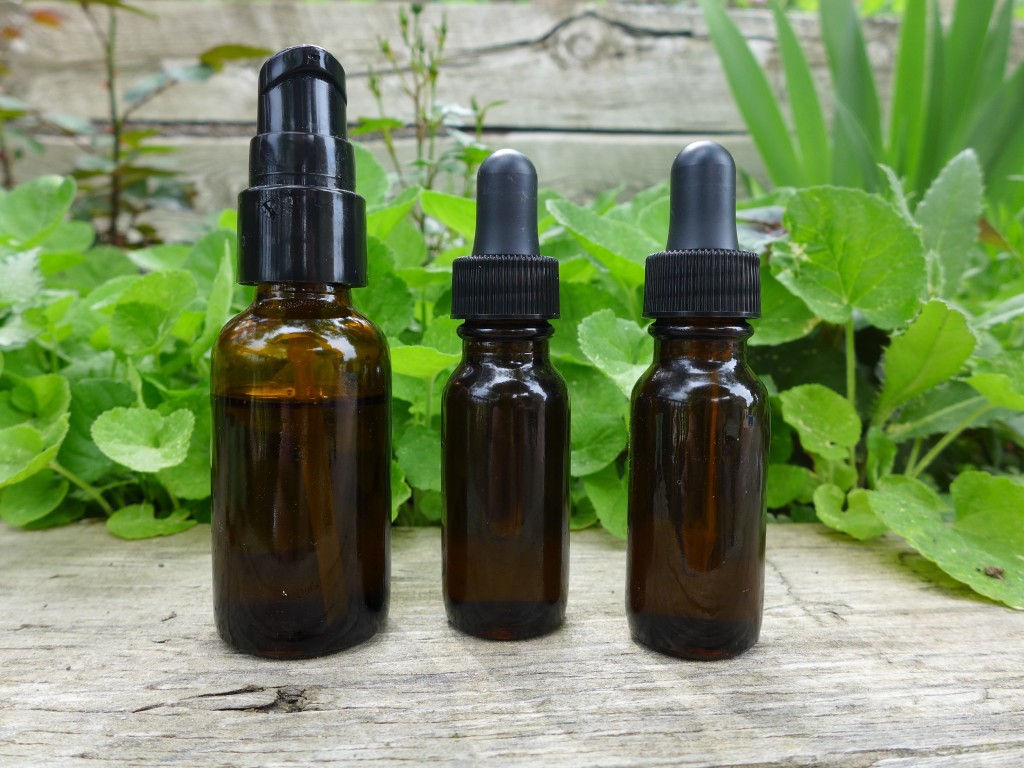

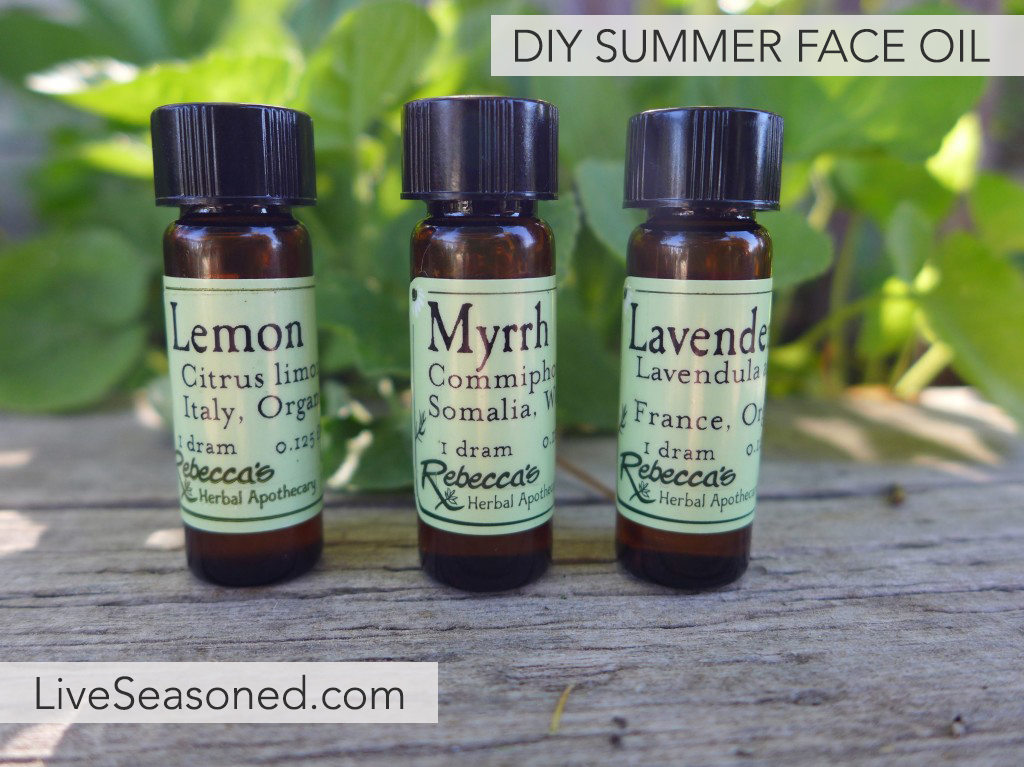
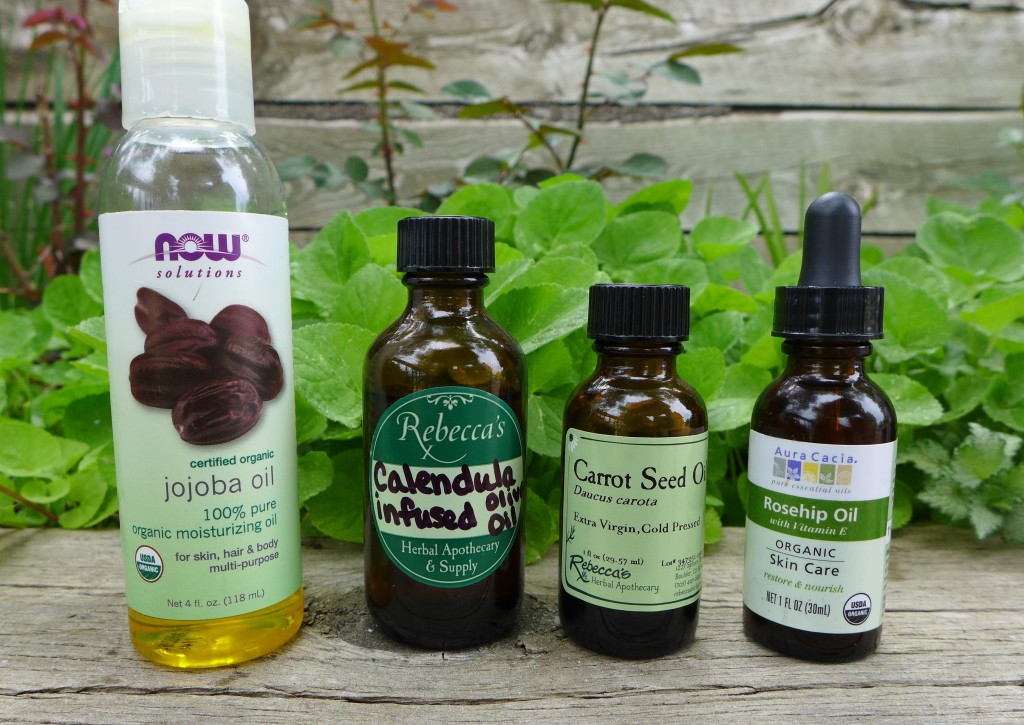
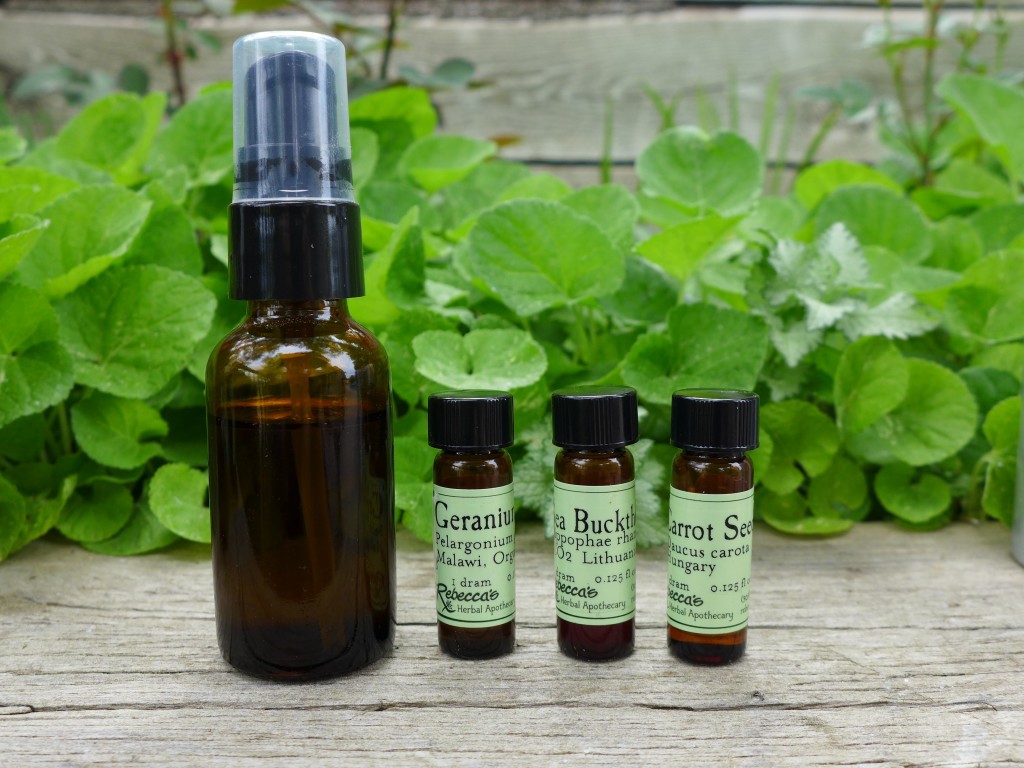
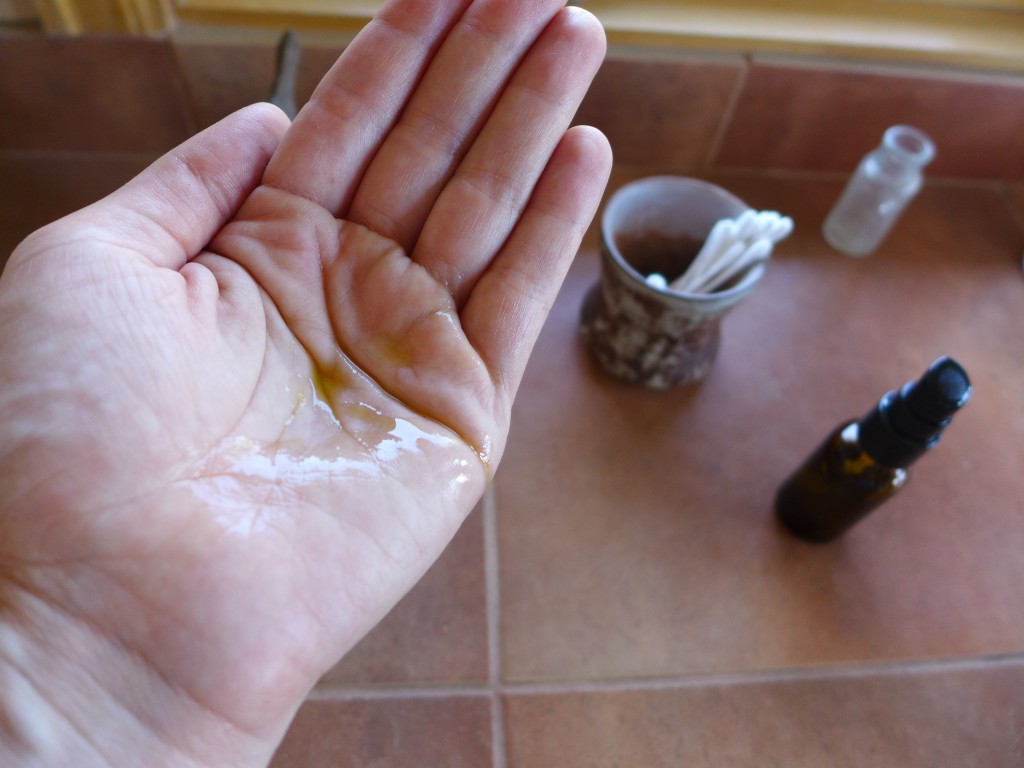
very nice website and informative